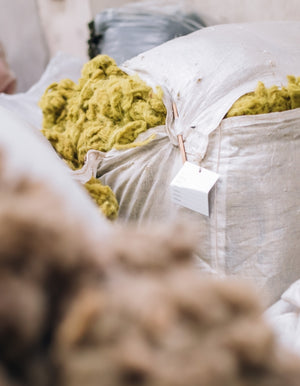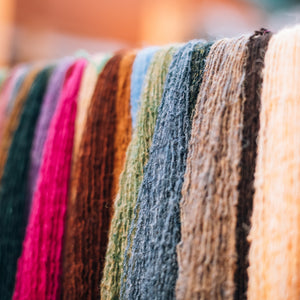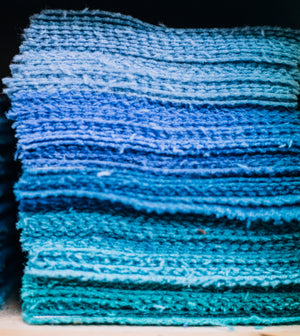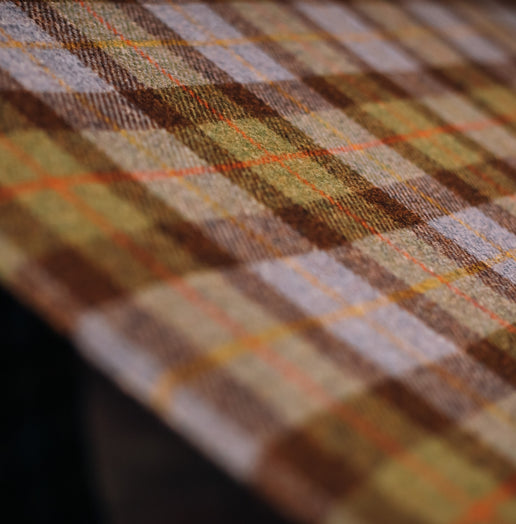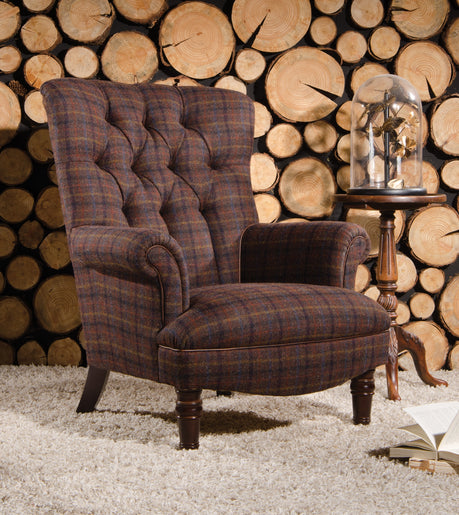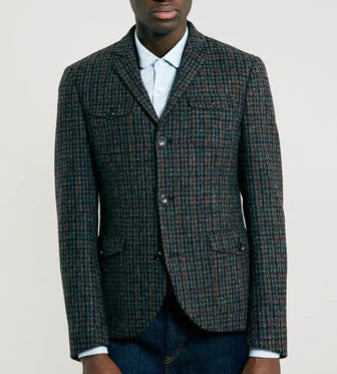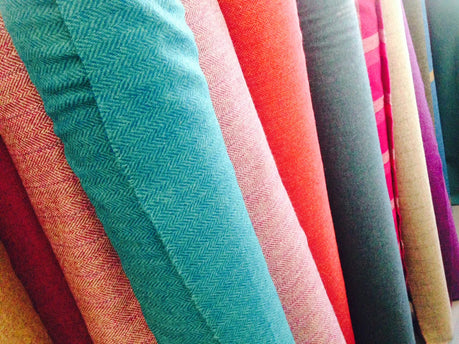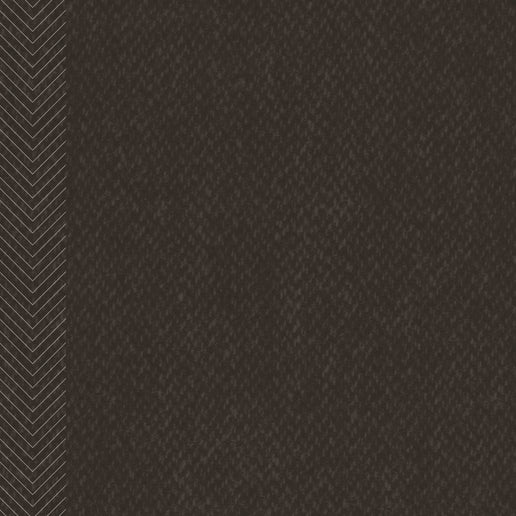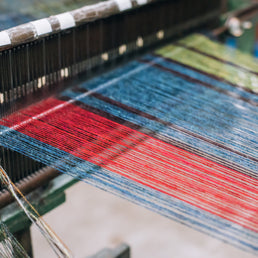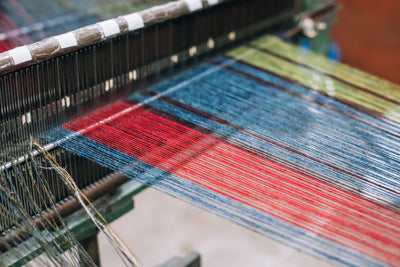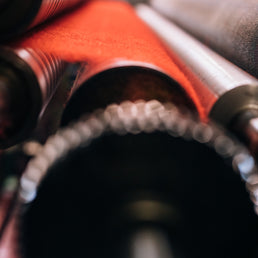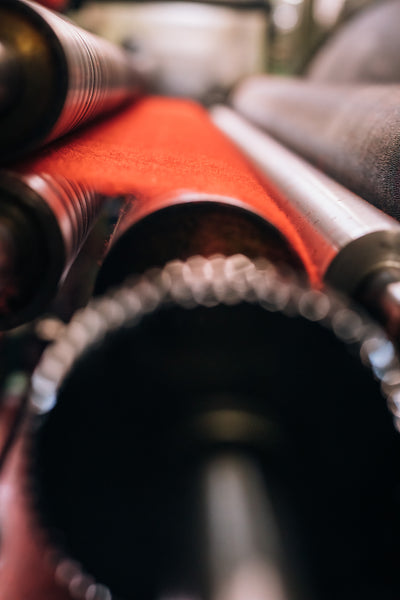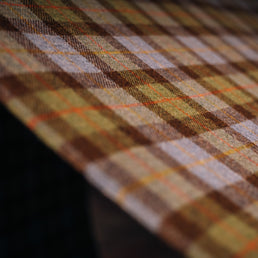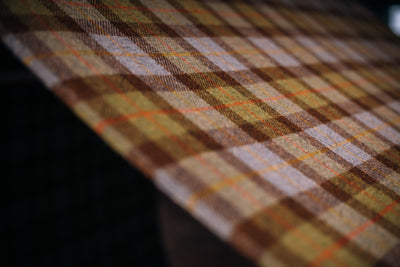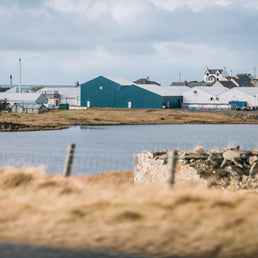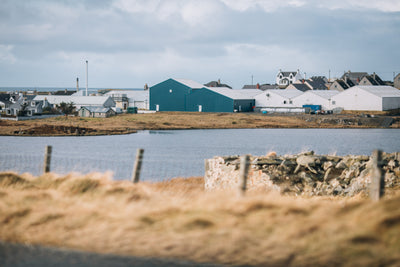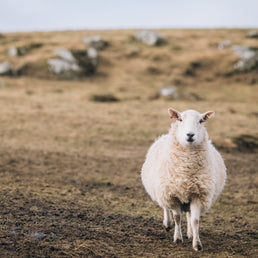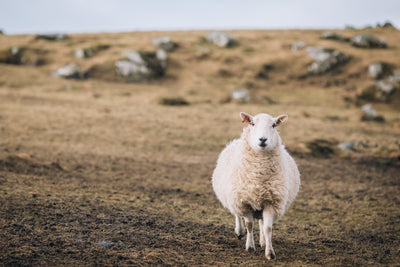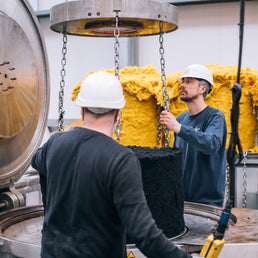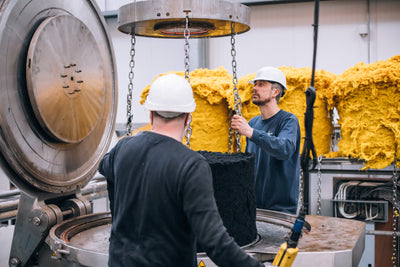Look at any old picture of gentlemen golfers from the late 19th Century and you cannot fail to notice one thing: they all wore tweed!
Hard to imagine now, given that we are spoiled for choice when it comes to technical fabrics, but more than 100 years ago, Scottish tweed was the ultimate sporting fabric. The Gore-Tex and Lycra of its day, rolled into one.
Providing protection from the elements and enough stretch for freedom of movement, it was supremely practical. But practicality wasn’t the only consideration. There was also its durability and decorum.
Uses In Sport
The evolution of tweed into sporting clothes for golf - and cycling, too - began with its use in clothing for field sports, such as grouse shooting, deer stalking and salmon fishing. Where ‘normal’ clothes would have been likely to tear, the tougher tweeds would have allowed their wearer to move through bracken and heather relatively unscathed.
It was also a socially acceptable choice, with the informal tweeds very much de rigueur and a key element of a dress code that endures today.
Fiona Anderson, senior curator of fashion and textiles at the National Museums Scotland, stated the use of tweed as fashion fabric went back two centuries.
“From the 1830s, many were wearing it, but that was initially for field sports. By the later 19th Century, from the 1870s and particularly by the 1890s, it starts to be much more widely worn and became very popular for a range of sports.”
She explained: “Tweed was an informal fabric for people from the middle class upwards. It was worn as an informal morning fabric and also for sport. The rest of the wardrobe consisted of fabrics that would have got damaged. Tweed was much more resilient. It was warm compared to what else was around and it was waterproof.
“It’s a looser weaver than the other fabrics. It was more comfortable; it had more ‘give’ than the type of fabrics used for men’s coats.”
A Welcome Change
It also looked the business. What is not so obvious from the grainy old black and white photographs, is that these early golfers were, even then, choosing colourful threads. As well as reflecting the natural greens and yellows of the surrounding landscapes, these colours would have been a welcome change from the usual sombre dress code.
Fiona added: “The use of colour, which is very important in the history of tweed, looked more sporty to people.”
Tweed continued to be popular until the 1920s and 30s when the combination of tweed knickerbockers - plus fours and plus twos - with fancy coloured knitwear became all the rage.
“The Fair Isle jumper with tweed plus fours is very much linked to golf,” said Fiona. “And the Duke of Windsor was a very high profile person for that fashion.”
The British Golf Museum
Style icons and poster boys are nothing new. Hannah Fleming, assistant curator at the British Golf Museum in St Andrews, credits Open Championship record holder Harry Vardon with popularising tweed knickerbockers.
But before that, professional golf pioneer Old Tom Morris and his peers were playing in three-piece tweed suits and caps.
Tiger Woods and Nike might be synonymous today but back in the 19th Century it was all about Old Tom Morris and tweed.
Hannah said: “If you think of the stereotypical tweedy outfit, it’s about 1840 onwards, right up until the 20th Century.”
She added: “It’s a fabric and a style of dress that is synonymous with the game. It’s what a lot of people think of when they think of heritage golf. They think of a tweed suit.”
Now, that look is becoming popular again, driven in part by our love of vintage.
“People want the original items,” said Hannah, adding: “and Harris Tweed has lasted”.
From the fashion point of view, Fiona said Scottish tweeds were simply “the best quality”. She added: “I think tweed appeals because it’s such a globalised world today. When everything looks the same, Harris Tweed is something distinctive with a story and a heritage link to a specific place and specific traditions.”
Tweed on the fairways has always been distinctive. But also iconic and uniquely individual - the perfect blend for any follower of fashion. Golfer or not.
* With thanks to the British Golf Museum for use of the above image. Old Tom Morris is pictured second from right.




